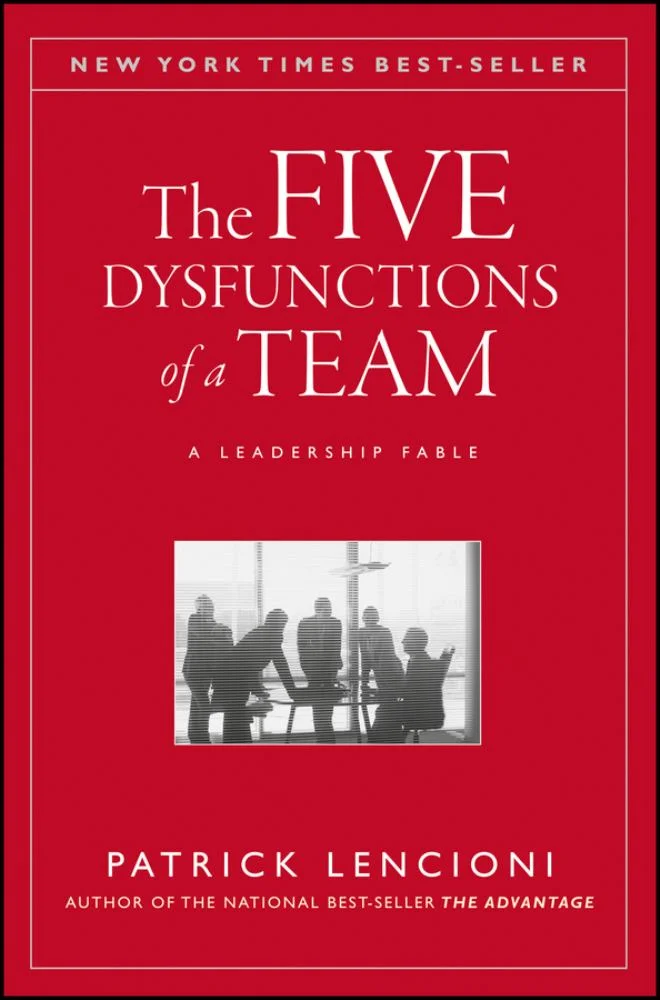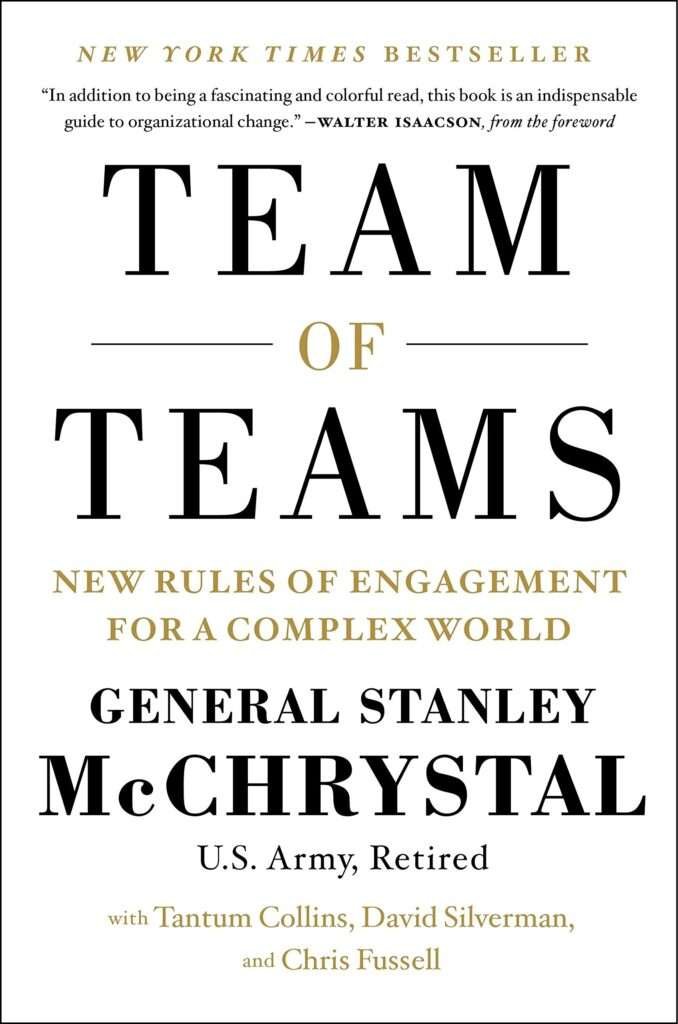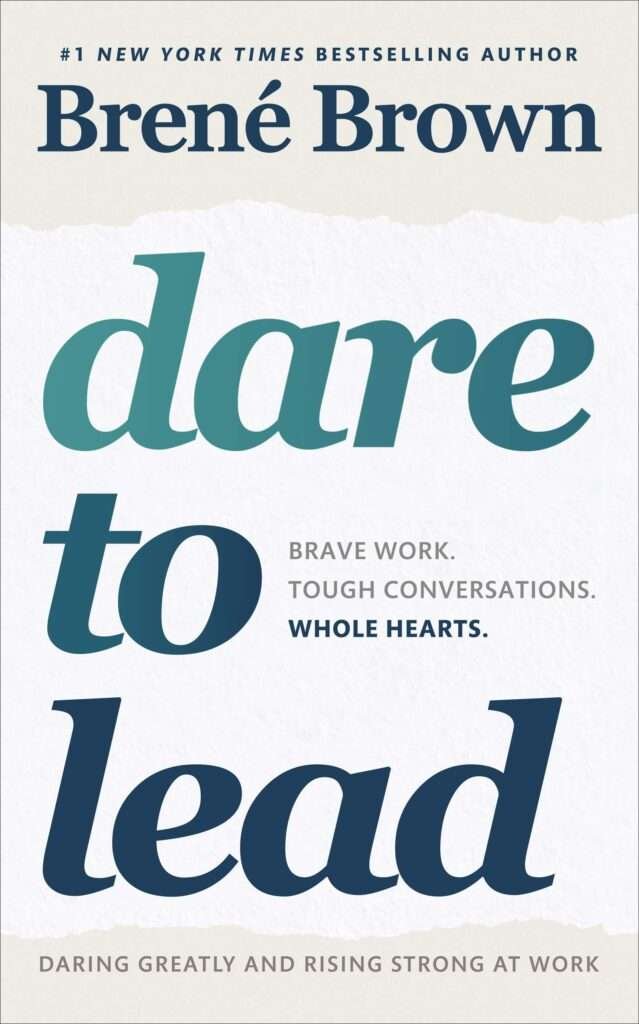Introduction
Employing teamwork is essential for any organization to succeed and fostering good team dynamics can greatly increase productivity and innovation. Well, you can as well follow some of the highly insightful books on teamwork development to get from where we bagged all our strategies and practical advice or even a source for inspiration in building and leading successful teams. In a five part series, this post will suggest the most important books that you must read for expert advice on improving teamwork and collaboration.

The Importance of Books in Teamwork Development
Books are very important in training for teamwork:
- Expert Insights: Books penned by thought leaders and experts provide insightful knowledge, tried-and-true best practices that can be utilized to improve team dynamics.
- Broad Perspectives: When people read multiple books, leaders and team members get to see various viewpoints which enable them to relate different challenges in case of a team.
- Always learning: With books it is still possible to learn and improve oneself, as well enables us to know the newest tendencies in implementation of teamwork developments based on state of art.
- Inspiration and Motivation: Books that are written nicely can motivate your staff to adjust their approach, improve on how they communicate, and start working collaboratively with each other.
1. “The Five Dysfunctions of a Team: A Leadership Fable” by Patrick Lencioni
Key Ideas from Patrick Lencioni’s “The Five Dysfunctions of a Team”: Key Idiopathic… Lencioni reveals the five dysfunctions which go to the very heart of why teams even the best ones—often struggle and through a fable, he identifies what they are.
Key Takeaways:
- Creating trust- Create an environment with team respect to build the open and supportive atmosphere.
- Promoting Healthy Conflict: Learn practices to successfully harness and manage conflict as a driver for innovation and growth
- For example, enhance your team commitment strategies and ensure that all team members are accountable for their input.
Why It’s Useful: This book offers a simple yet effective model for identifying and solving common team problems, making it useful to any leader seeking ways to enhance collective performance.

2. “Team of Teams: New Rules of Engagement for a Complex World” by General Stanley McChrystal
Overview: Team of Teams is a compelling portrayal of how insurgent-style combat in Iraq led the Joint Special Operations Task Force (JSOTF) to eschew traditional organizational hierarchies in favor flexible and responsive networks. Communication, collaboration and cohesion of purpose are stressed by McChrystal as the means to create high completion teams.
Key Takeaways:
- Change Management: How to build team structures that can quickly adapt and react as the situation around us changes.
- Better Communication: Learn how to make sure your communication and teamwork are working at its best for all, no matter how far away you/they are.
- A Foundation for Shared Purpose — An explanation of the importance of getting everyone pointed in generally the same direction Vote 5 points
Why It’s Important: Because it give a new angle at the dynamic of teams and leaders, giving practical guidance in combatting intricate nuances.

3. “The 17 Indisputable Laws of Teamwork: Embrace Them and Empower Your Team” by John C. Maxwell
Review: The 17 Indisputable Laws of Teamwork by John C. Maxwell is a self-help book that serves as an adaptation to the old classic, “The Art of War”. In this book Maxwell gives advice on how any of us can use these established laws in ways that would help attract a team together and put them to work.
Key Takeaways:
- The Law of Significance — One is too small a number to achieve greatness: Learn why it takes teamwork working together towards same goal can accomplish much greater success than individuals.
- Master the Law of the Catalyst — Identifying and feeding team members who can change things …and influence everyone.
- They learned the Law of the Chain — how can you cultivate a strong team if each member is not aligned, and supported?
Maxwell delivers a clear, and practical guide for all those who wish to fulfill their destiny of leading the team; read this book so you can help take your group forward as well.

4. “Radical Candor: Be a Kick-Ass Boss Without Losing Your Humanity” by Kim Scott
Summary: Radical Candor by Kim Scott exposes you to the fundamental types of communication that is direct and empathetic in becoming a leader worthy of great teams. Radical Candor is how Scott has learned to challenge others directly and get them to change, as well providing clear feedback so that they can work together better.
Key Takeaways:
- Refining Care and Challenge: How to offer feedback with heart whilst also keeping relations with your team afloat.
- Building a Feedback Culture: Identify how to help the team express their thoughts and feelings in a true manner.
- Leadership Skills For Inspiration: Understand one of the key behaviors for leaders in terms of how they communicate to inspire and motivate their teams.
Why it’s Worthy: It gives practical advice on how to establish a culture in which we can speak honestly and supportive communication for creating high performance teams.

5. “Dare to Lead: Brave Work. Tough Conversations. Whole Hearts.” by Brené Brown
Summary: In Dare to Lead Brené Brown dives with us into the eroticization of up listening and teamwork callable Strengths alongside vulnerability. Her critique is that vulnerability and creating a culture of empathy & trust with all members are requirements for the kind of meaningful results high-performance teams excel in.
Key Takeaways:
- Living With Imperfection: Learn how vulnerability leads to increased trust and greater team connection.
- Empathetic Leadership: Gain insights on how to lead with empathy and build a team around you.
- Love Letter: Build Resilience — Understanding the Art of Resiliency and Courage.
Why it matters: Brown offers a fresh approach to the topic of leadership and teamwork, focusing on emotional intelligence and authenticity as keys in creating high-performing teams.

Benefits of Teamwork Development
**1. Enhanced Performance
All high-performing teams that truly deliver results are established and work well together. Efficient processes: Better internal and external collaboration also means easier document storage, retrieval and application in your business which ultimately leads to less time wasted on menial tasks.
**2. Stronger Relationships
It strengthens teamwork by building good relationships among the members of a team, which give rise to respect and trust in each other’s abilities. I also experience a more positive working environment and increased job satisfaction overall.
**3. Increased Innovation
The more your team is well-developed you can find innovation through ideation or the solution. When we bring many people with different perspectives to the table and work together for a common cause, more solutions are created from brokering new alliances.
**4. Greater Job Satisfaction
Individuals naturally feel more satisfied with their job when they are valued and supported by the team. Increased morale and decreased turnover — Effective teamwork constructs a sense of belonging so employees feel apart from the crowd and accomplish together as well.
**5. Enhanced Organizational Success
In sum, a greater teamwork development ultimately lays the foundation for organization success. Hence, it is only the teams where people work together that will drive success and output critical to meeting their goals while adapting to changing demands.

How Teamwork Development Enhances Creativity
Developing a good teamwork will not only enable your team to be more productive and collaborative, but it also drives creativity among the members of the team. Here’s how:
- Benefits of varied perspective: Since the team members have unique backgrounds, experiences and views, this will broaden their creative solutions.
- Collaborative Brainstorming: Highly functioning teams have open exchanging of ideas and can create new from collaboration.
- Promoting Risk-Taking: Members of an encouraging team environment will be more likely to take creative risks with the confidence that their teammates are behind them.
- Teams that emphasize development directly learn to develop and tweak advanced skills and procedures because they will become familiar from each other.
- Interdisciplinary Work: The concept of a successful cooperation often comes along with cross-functional work where skills and creative processes merge.
Conclusion
If you want to learn how build effective, cohesive teams then invest in books that are centralizing on teamwork development. Now, you get a more “complete package” of advice for making better teams that talk to each other and collaboration stuff!:)Five Dysfunctions before Team Of Teams & The 17 Indisputable Laws etc. Radical Candor makes this list (definitely), as does Dare To Lead — all together on the same plane with helpful advise in delivering value through team work! These books will help you create a team culture that is more effective, creative and committed by applying the principles described in them.
FAQ
1. What is teamwork development, and why is it important?
Answer: Presume Case Development to Increase the cooperation and communication among team members. It matters as good teamwork makes the problem-solving easier, increases productivity and motivation of people to perform better which plays a crucial part in projects success.
2. How can I improve teamwork in my organization?
Answer: Enhance Teamwork: Communication is key; Set common goals, mutual trust and respect must be shared in the team to enhance teamwork through communication among teams build dialogues amongst them, Conduct a few tea-building activities at times, Fostering an inclusive culture where each employee feels important. In addition, establishing a clear line of communication and role defining serves as the foundation to further develop team spirit.
3. What are common challenges in teamwork development?
Answer: Some common problems are a lack of communication, distrust amongst team members with each other and their roles within the team, clashing personalities. These challenges can be addressed by an open dialogue, team-building exercises and having clear guidelines which would help in better the group’s morale.
4. How does effective teamwork development impact productivity?
Answer: Good teamwork development leads to a higher level of productivity and efficiency, as it helps establish better communication between the team members regarding their tasks thereby reduces misunderstandings. Members of the team can use their individual strengths, help each other find solutions more quickly and reach common goals payoff with better results.
5. What are some examples of teamwork development activities?
Answer: Some examples of teamwork development activities are team building games, training on communication skills and ability to work in a group problem-solving tasks together with trust exercises as well as various periodic meetings where all members partake. These activities strengthen the bond, and ensure better cohesion between team members.
Check Out The Sources
Check Out More



